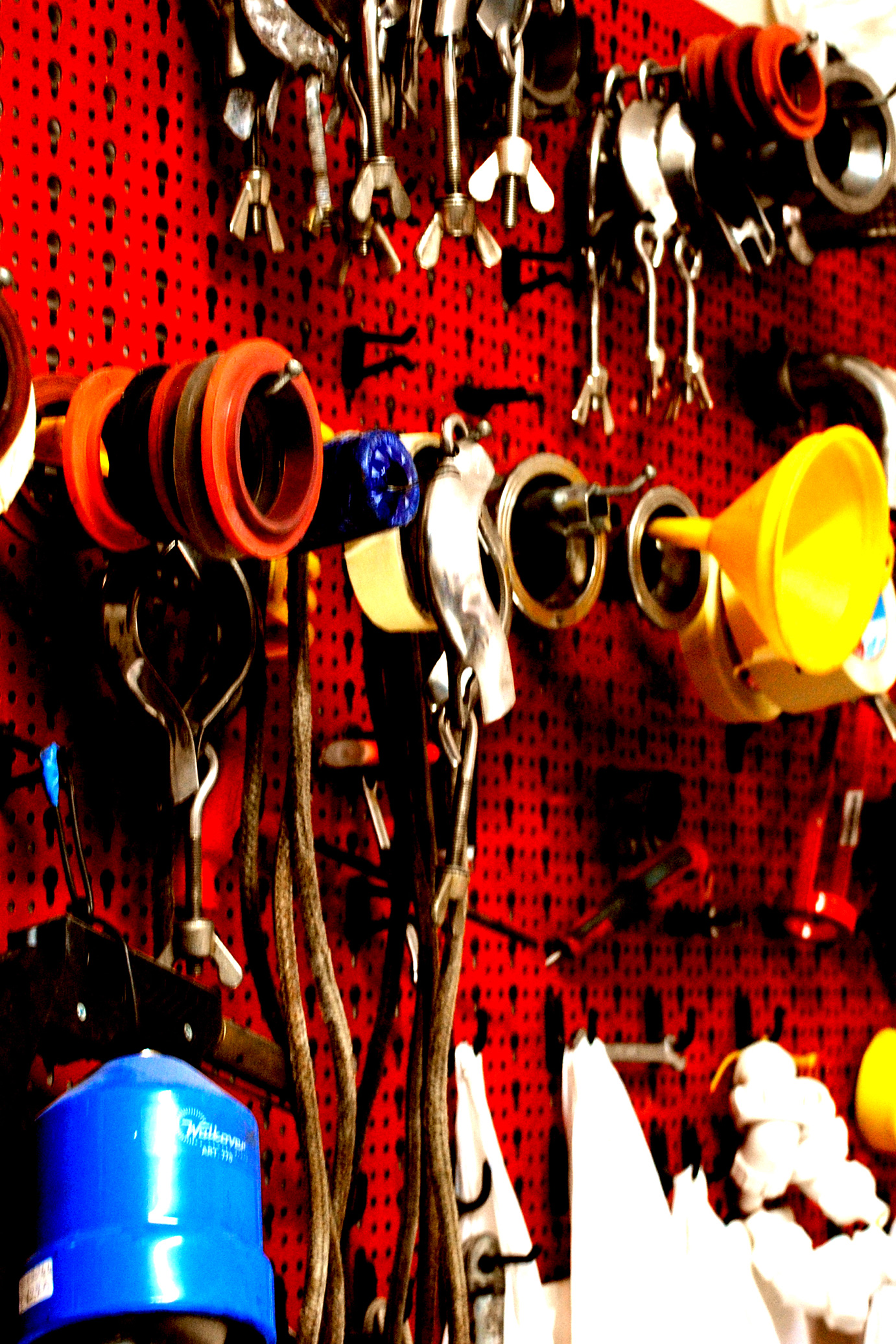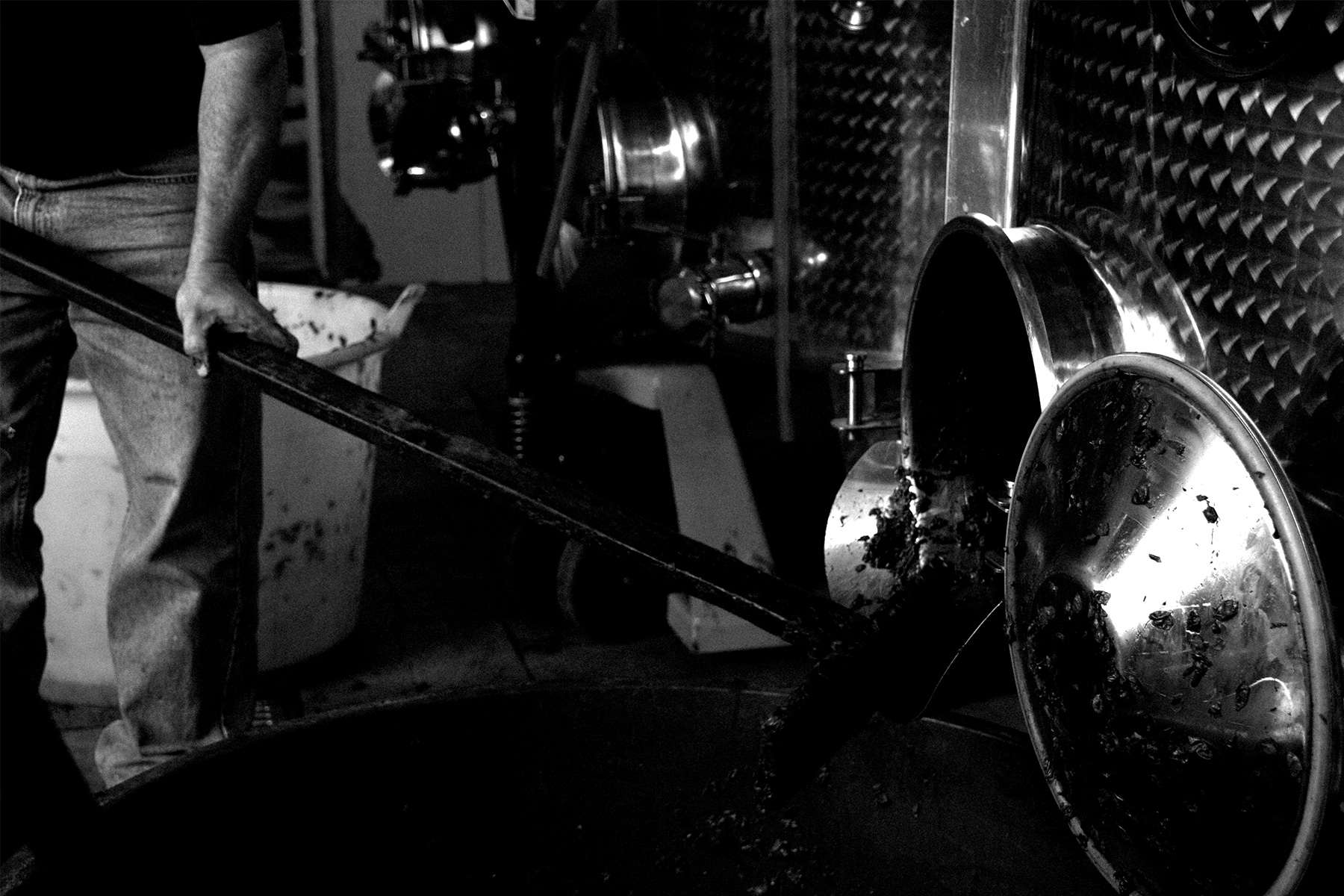G o o d v i t i c u l t u r a l p r a c t i c e s

Attention and care in the cellar are essential, but the real work begins in the vineyard: from pruning to harvesting, good viticultural practices are attuned to the plant’s lifecycle and seasonal changes.




The start of the winter season is the time for pruning. Performed by the expert vignerons of Tenute Mannino, pruning imparts new vigour to the plants and allows us to foresee the plant’s development in the spring season. Work in the vineyard is carried out all year round and, in the months following pruning operations it is time to take care of the weeds that grow between the rows. Tilling is what ensures a progressive mineralization of the soil and maintains its optimal porosity, so it can best absorb rainwater. The spring season is when the shoots are thinned, which determines the load of each individual vine and, consequently, the quality of the grapes that will ripen in the summer months. Dryland farming is an essential practice here in Tenute Mannino, in line with a vision based on quality and sustainable development. With the arrival of the first warm spring days, all operations gradually focus on the management of the shoots and foliage. All fruitless buds are therefore removed from the trunk while the leaves and shoots are kept in check through careful topping of the vine. Removal of excess foliage is essential to ensure better ventilation and, therefore, keeping the clusters cool and dry. Once the clusters are also thinned out, it is time to monitor the grapes as they ripen. Harvesting is carried out at different times, subject to an initial analysis of the grape’s shape, colour, smell, and taste and, finally, several targeted chemical-physical tests.
